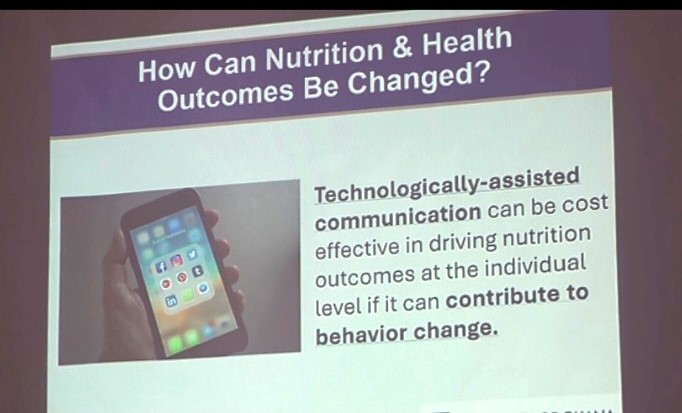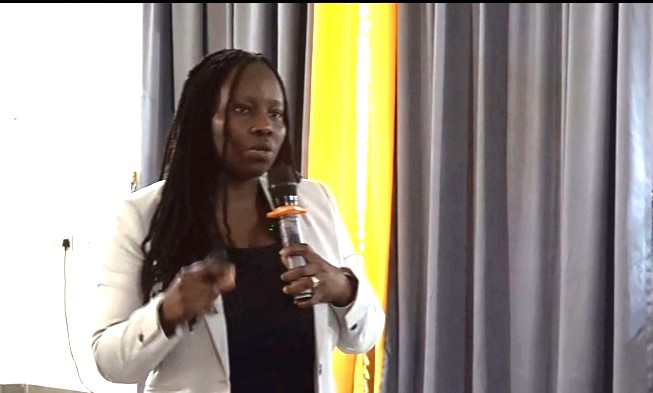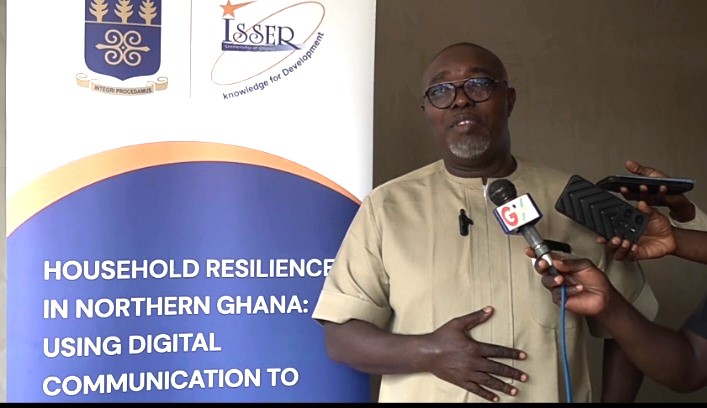The Institute of Statistical, Social and Economic Research (ISSER) of the University of Ghana, Legon is advocating the use of digital communication to help address Ghana’s malnutrition especially in regions with high incidence.
According to ISSER, using digital communication has the potential to positively change nutrition and health related behavior of Ghanaians.
The digital technology platform known as Interactive Voice Responds (IVR) with 11 different languages from the northern region proved efficient during ISSER study.

Seventy-eight percent of (78%) households’ views were sampled through a digital tool. The study focused on Changing behaviors for positive nutrition and health outcomes among the extreme poor: the case of LEAP 1000 households in northern Ghana. The study reveals that incidence of malnutrition is worsening in the northern region.
A Senior Lecturer at the Regional Institute for Population Studies (RIPS), at the University of Ghana, Dr Fidelia Dake, who presented the findings at the stakeholder’s engagement to reinforce nutrition and household resilience in northern Ghana in Tamale said in every five children in Ghana, one is too short for their age (stunting).

Dr Fidelia Dake, Senior Lecturer, RIPS-University of Ghana
Children too little for their weight accounts for 6% while children too short and don’t also have enough weight to support their growth accounts for 12 %.
She advised parents and guardians to desist from giving their children junk foods, sugary drinks and fatty foods.
The national average of stunting stands at 20%, but the Northern region is as high as 30%. The study indicates one in every five children under 5 in the northern region is malnourished.
According to Dr Fidelia, while some regions have improved between 2010 and 2014, the situation is getting worse by the day in the case of the Northern Region.
She explained that, about 18% or one in five children is stunting. Dr Fidelia says both the government and other key stakeholders should be worried about the issue because malnutrition affects children’s cognitive development and children who are malnourished are also likely to be malnourished adults and that will impact on their productivity.
The situation she notes may appear to be small but it’s a big issue for the country.
Dr Fidelia is hopeful that if the country put the right policies in place including leveraging on research, the situation would be reversed.
Project team lead, Professor Robert Darko Osei Akoto told journalists behavior change was important in improving nutrition in Ghana. The Interactive Voice Response (IVR) technology, Professor Darko Osei adds is a cost effective and easy tool for people to have information in their local languages.
According to him, malnutrition indicators are improving for Ghana but not in northern Ghana. Professor Robert Darko says several factors including knowledge and general welfare of the people may account for the worrying situation.

Professor Robert Darko Osei, Associate Professor with ISSER
’’Remember that the northern regions are consistently places where there is a high incidence of poverty, in a way that is not too surprising’; The issue is how we can indicate to our brothers to explore some of the things that are in their environment that will improve nutritional outcomes,” Prof Robert Darko stated.
He says ISSER interest was to find out whether there are cost effective ways of changing behavior in a way that positively impacts nutrition, health and sanitation outcomes and come of the study shows behavior change is critical and key.
ISSER professor Darko says they appreciate various programs put out to deal with nutrition issues involving visiting poor households physically but that was expensive and not sustainable.
This, professor Darko says, informed ISSER’s decision to leverage on the technology platforms available.
The project, professor Darko explains, that after six months of experimentation, evidence shows that behavior towards malnutrition and sanitation among households changed.


